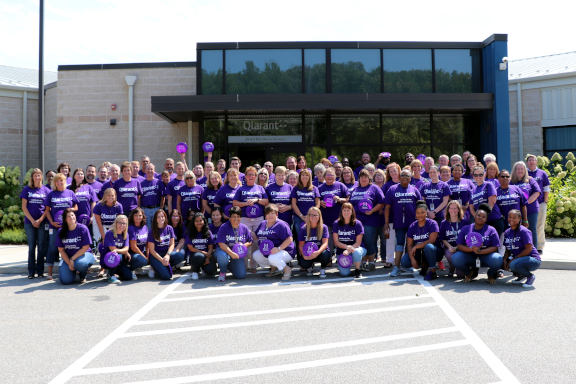Calming the Chaos
 We live in a chaotic world. The COVID-19 pandemic is an unprecedented catastrophe thrust upon humanity. National governments have responded by providing an unprecedented amount of support and benefits to those who need it most. The United States has provided Americans with more than $3 trillion dollars of relief in small business loans, tax cuts, and unemployment insurance since March 2020.
We live in a chaotic world. The COVID-19 pandemic is an unprecedented catastrophe thrust upon humanity. National governments have responded by providing an unprecedented amount of support and benefits to those who need it most. The United States has provided Americans with more than $3 trillion dollars of relief in small business loans, tax cuts, and unemployment insurance since March 2020.
Unfortunately, bad actors and fraudsters abuse information, inundate overworked staff, and stretch the boundaries of public policy to cheat and steal from us. The Department of Labor inspector general estimates as much as $87 billion out of $872 billion of unemployment insurance aid, a whopping 10 percent, could be distributed improperly. With a significant amount going to fraudsters.
Agencies develop increasingly complex policies to combat fraud. Intricate and arcane systems and systems of processes are developed to implement policy. Organizations rely on software and automation to guide staff through complex policy implementation with inefficient results. I speak with agents and investigators and have learned they often work between different applications that compete for their time. Many investigative units describe having to transfer information between multiple systems and freely admit to avoiding any particular system that slows them down.
Industry has concluded data can answer all of our questions and solve all of our problems. The COVID-19 pandemic has shown how massive amounts of information can confuse, confound, and complicate our ability to combat fraud. Investigative teams and fraud control units pull information from multiple internal agencies and third-party services including social media to build cases. We collect more pieces of data on people and events, but what does it all mean?
We ask data scientists and analysts to help us make sense from the chaos. We ask them to draw out plot lines in the story our data is trying to tell. We attempt to explain fraudulent behavior and uncover predictable patterns in personal behavior.
We take data for granted now. If we expend enough effort or money, we can get it. Analytics has shown us the past and data science helps us see a possible future. However, data and the analytics that come from it still don’t tell us what to do nor how to do it.
Most fraud control units and unemployment insurance fraud teams use case management systems to compile information and excavate an evidentiary trail through data points to adjudicate offenders. What often happens is that fraudsters will abuse news tricks and behavior and adapt when they no longer work. Many systems collect evidence, but they can’t adjust. Others adjust, but don’t measure a fraud unit’s effectiveness. Nor do they report on how well processes combat fraud.
Investigative teams dump existing systems for new applications adapted for a changing fraud landscape. Unfortunately, this strategy leads to a revolving door of application installs and software vendors piling work on already stressed staff.
What’s needed are solutions that calm the chaos by maximizing results while reducing investigative effort. Solutions’ features like deployable and adaptable smart workflows standardize fraud control procedures and provide performance insights. Multiple data source access and streamlined data presentations keeps teams nimble allowing them to adapt to changing fraudulent behaviors.
Fraud control units need solutions that calm the chaos and let data flow.







